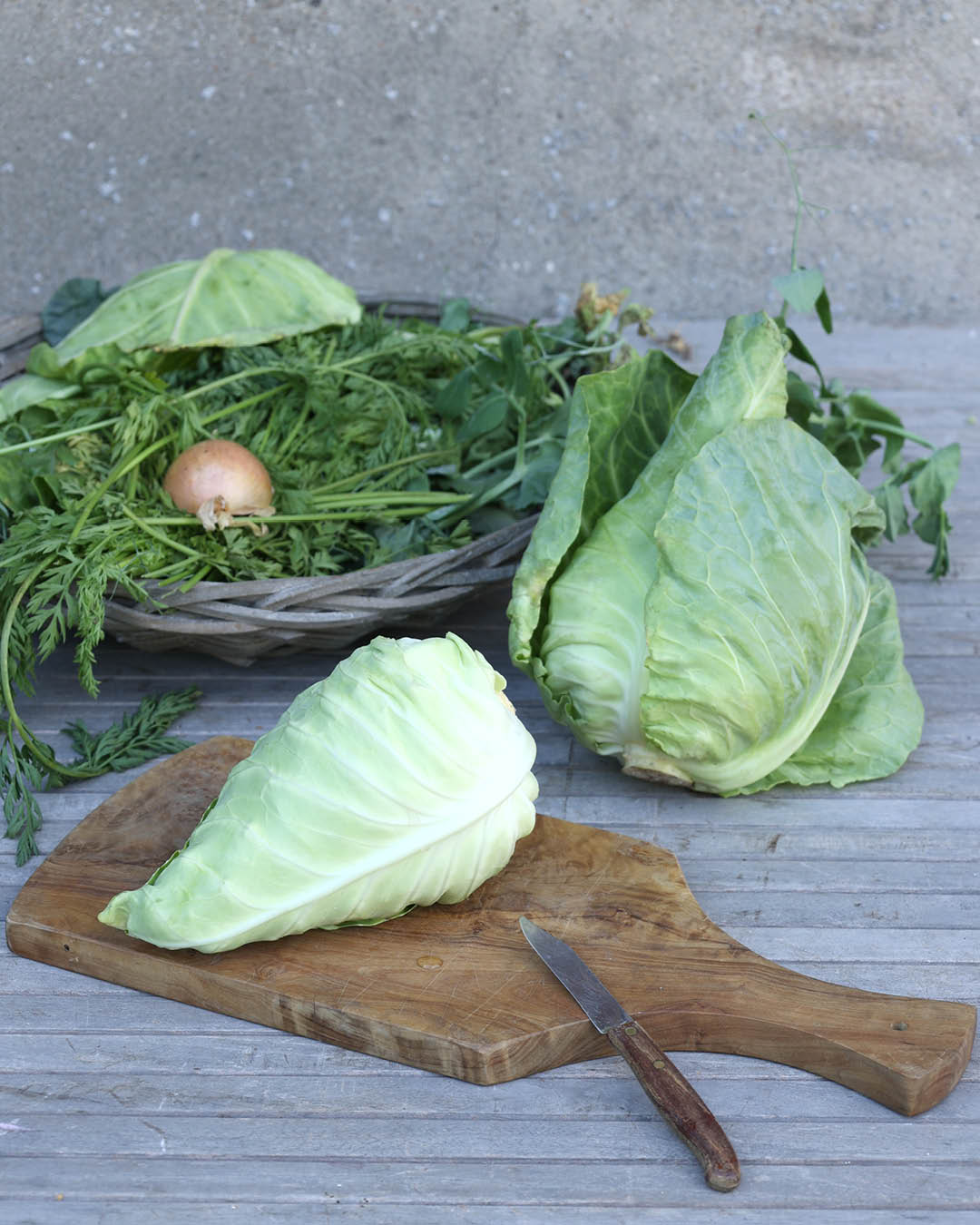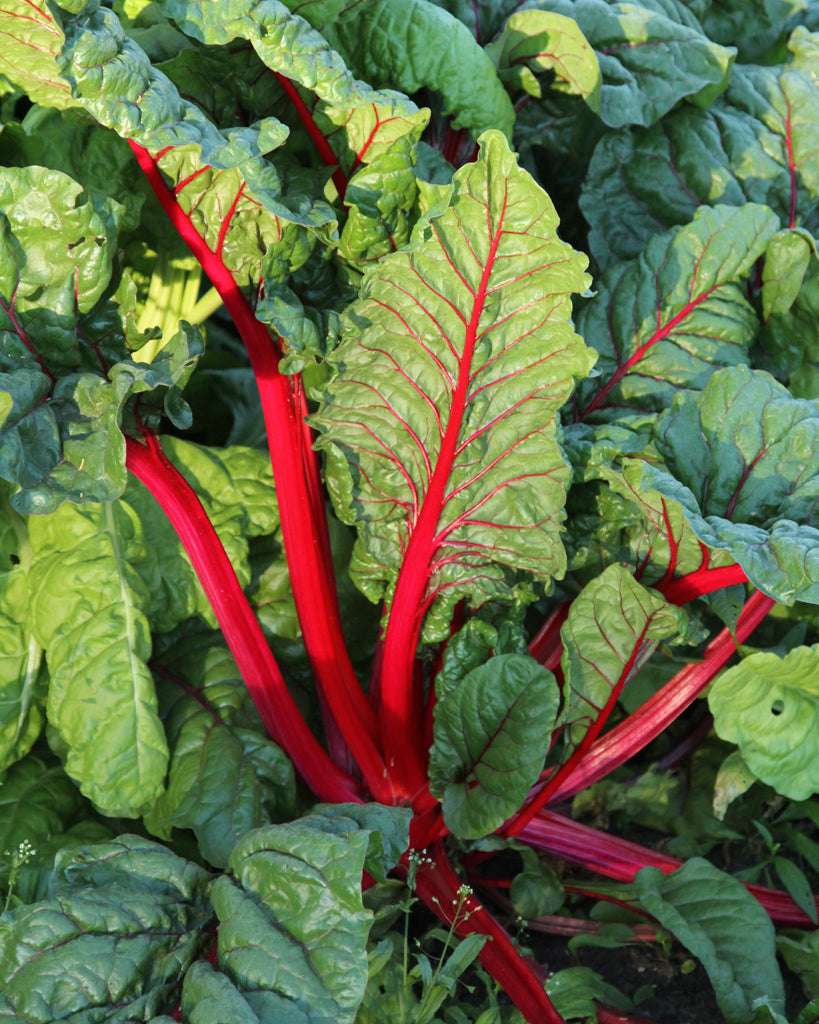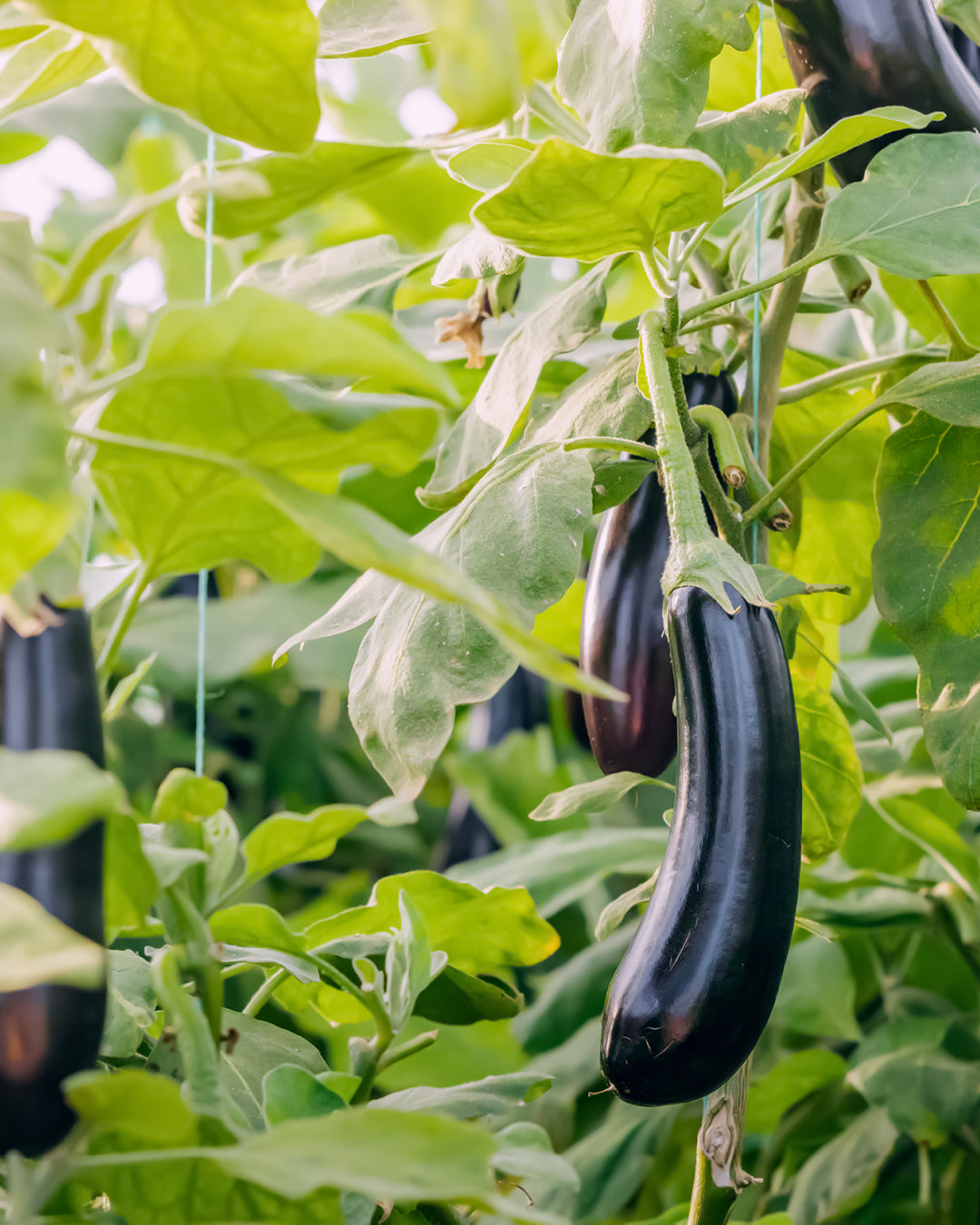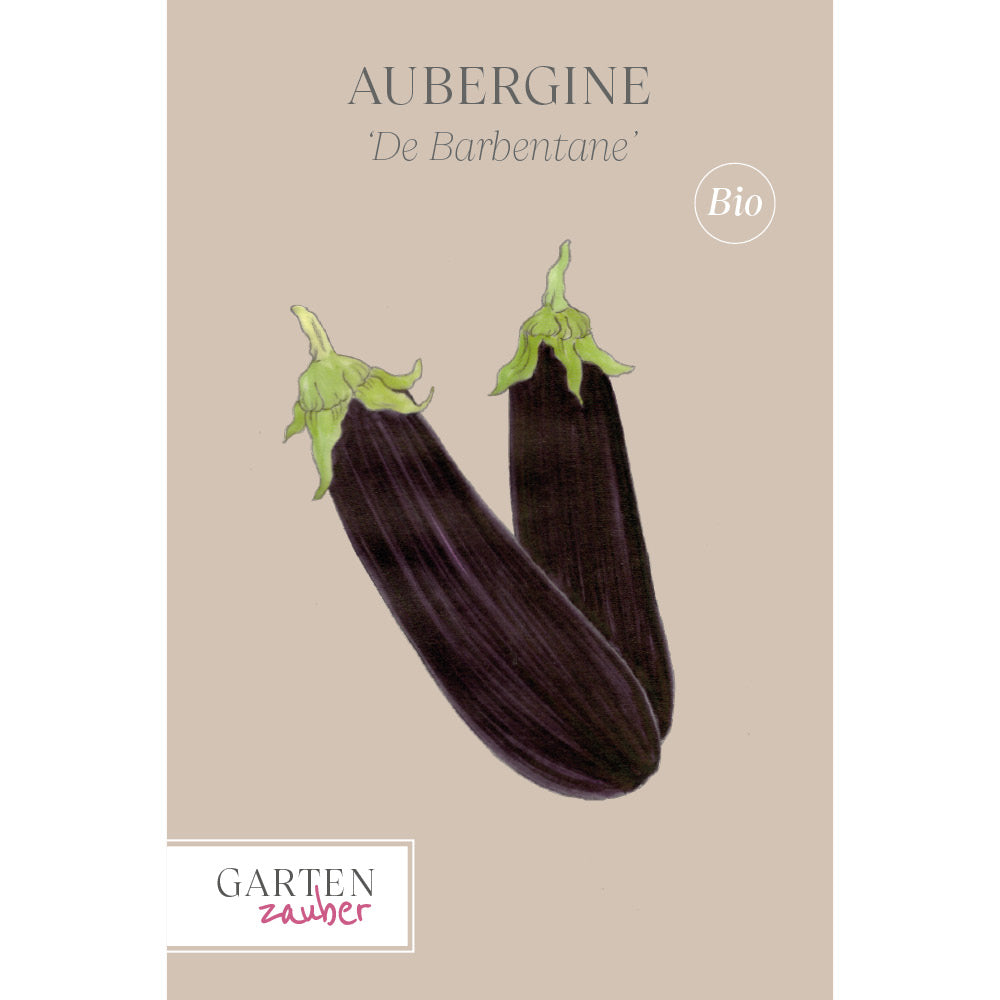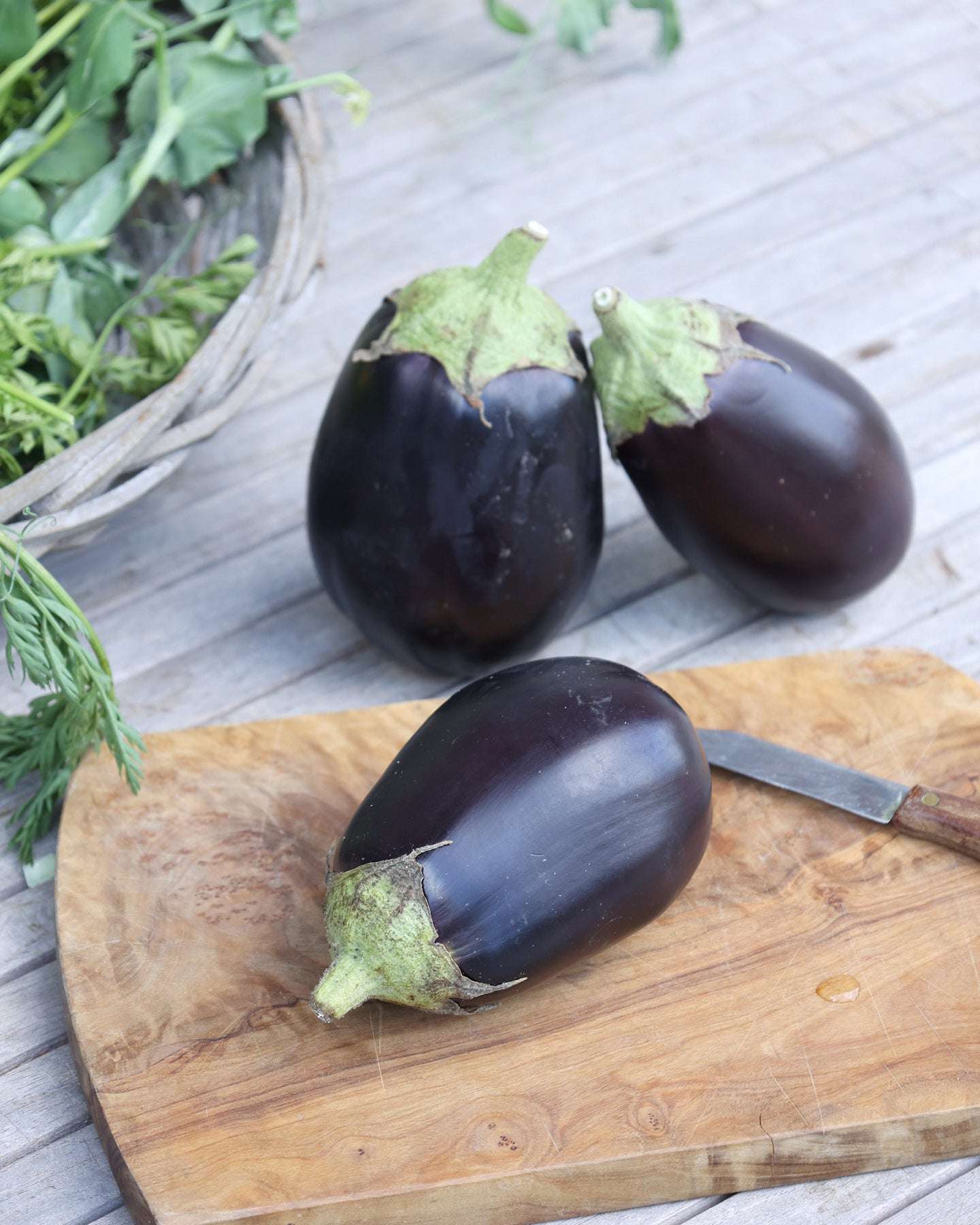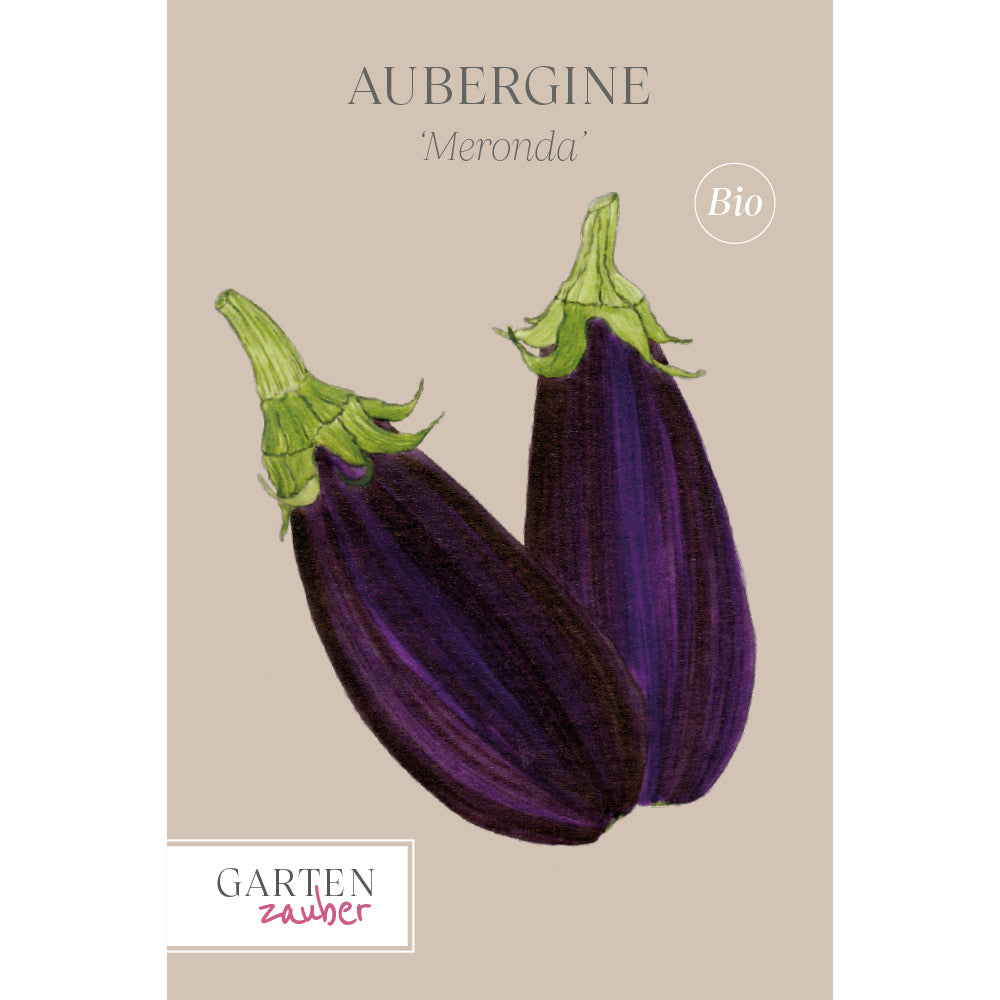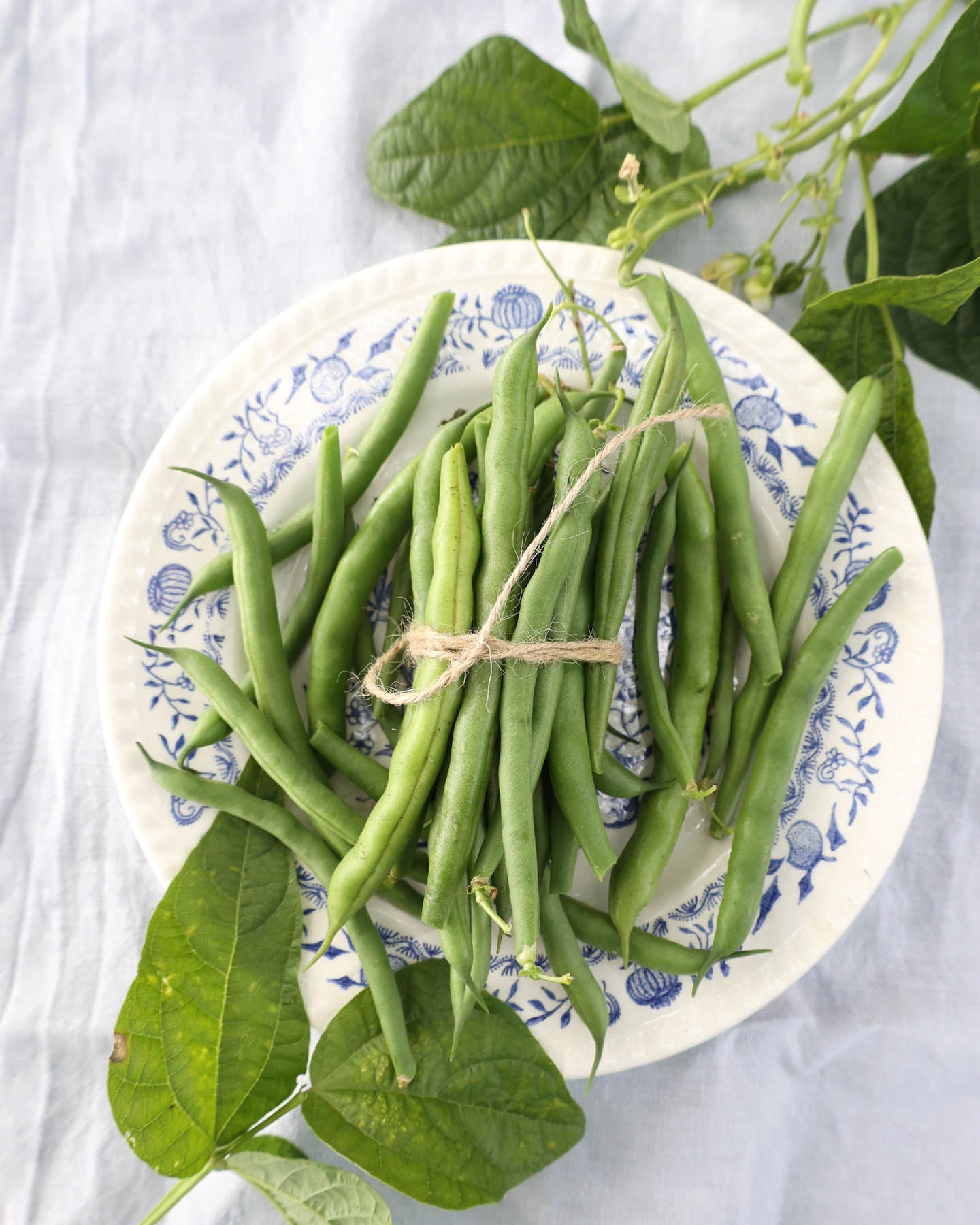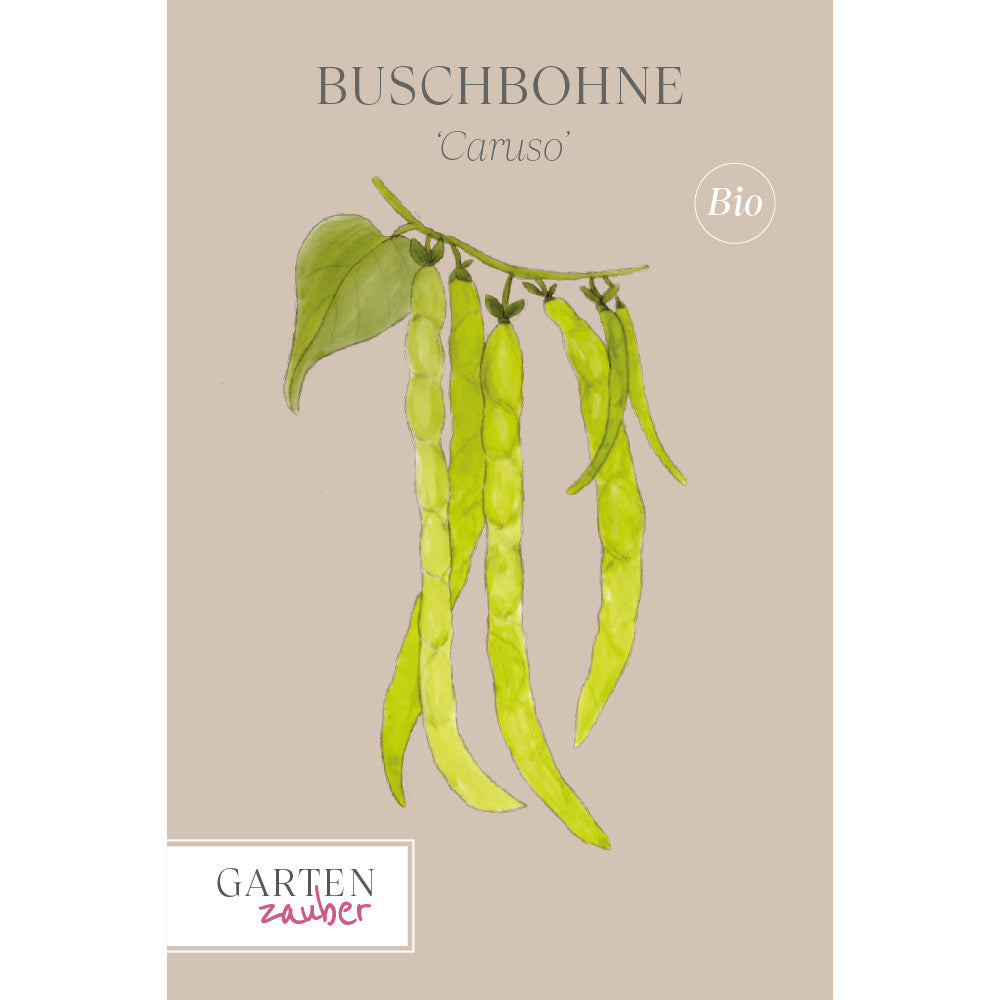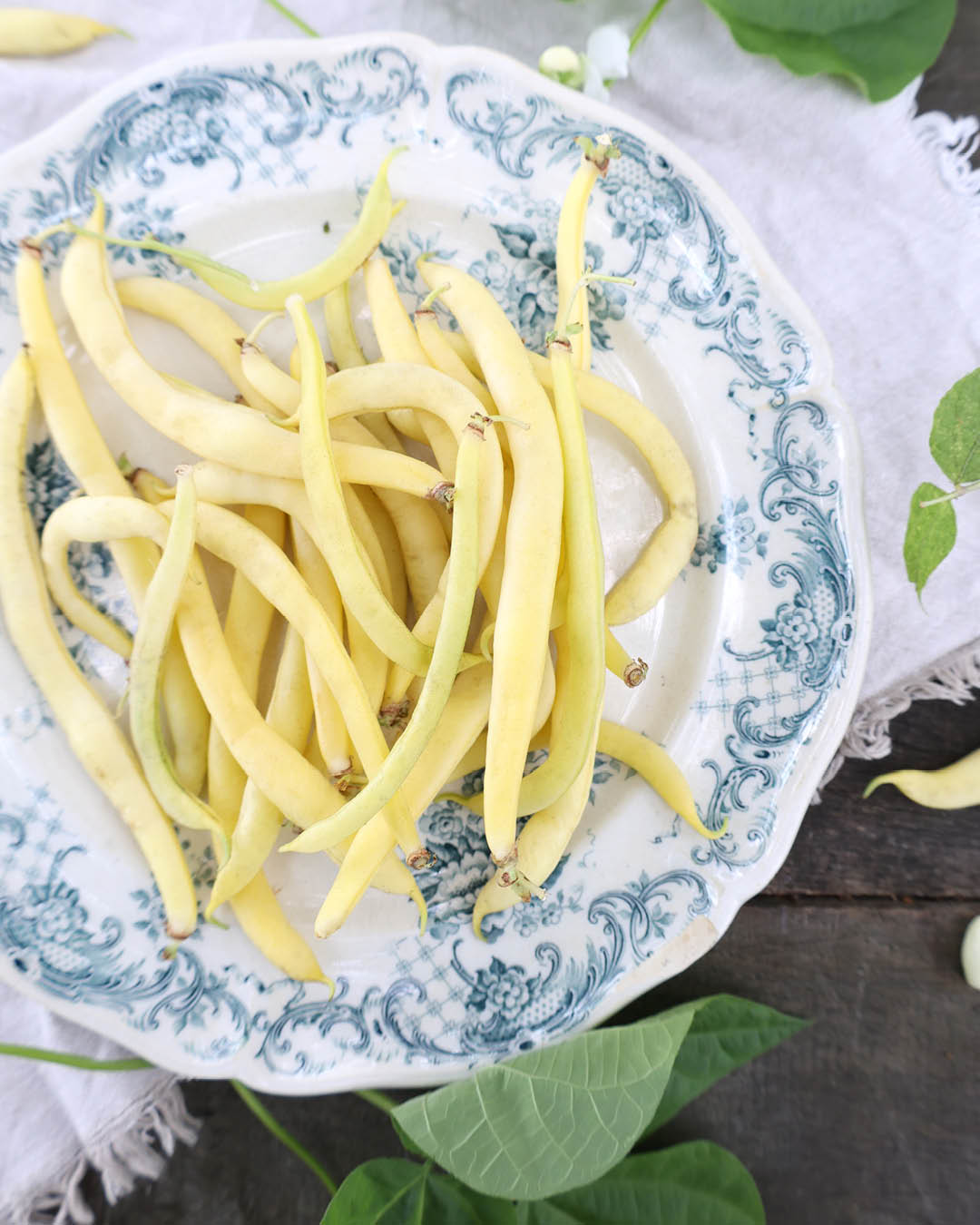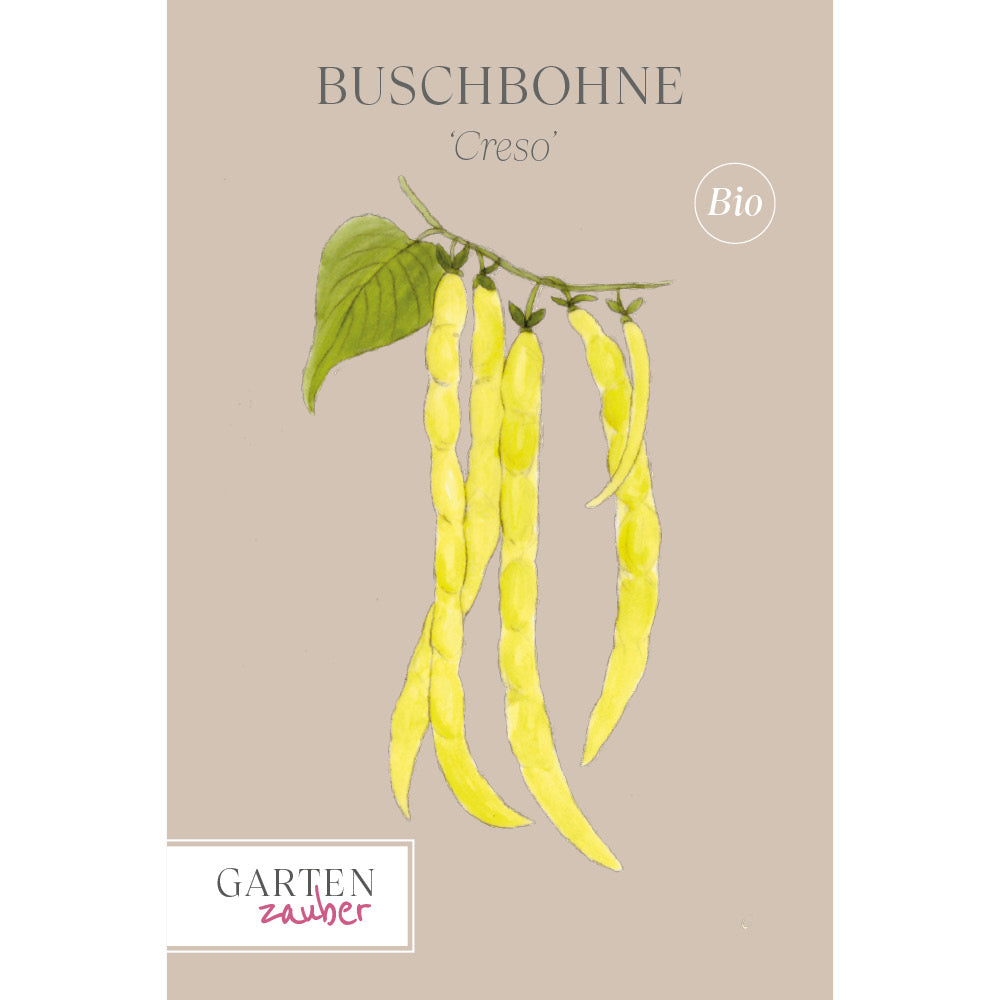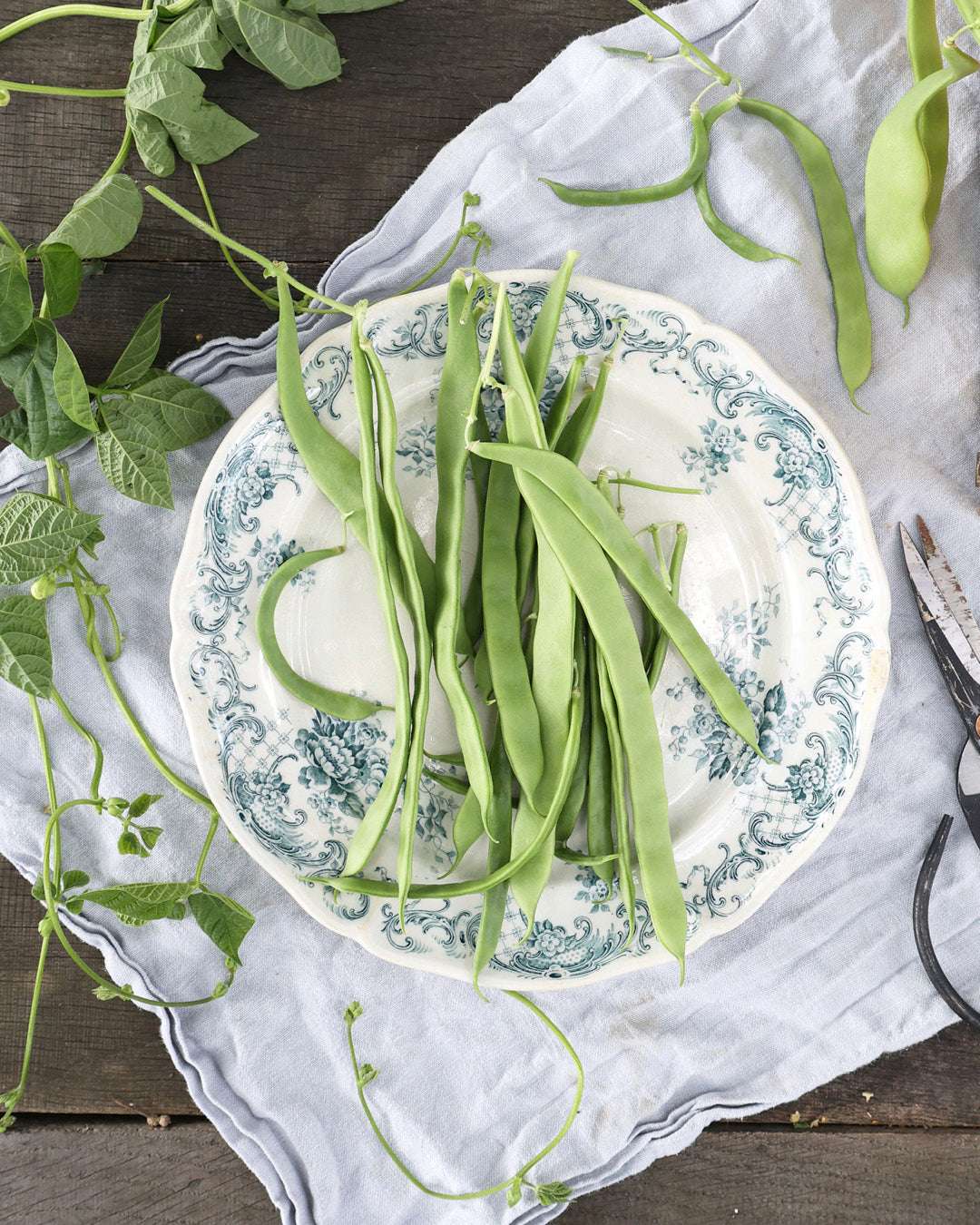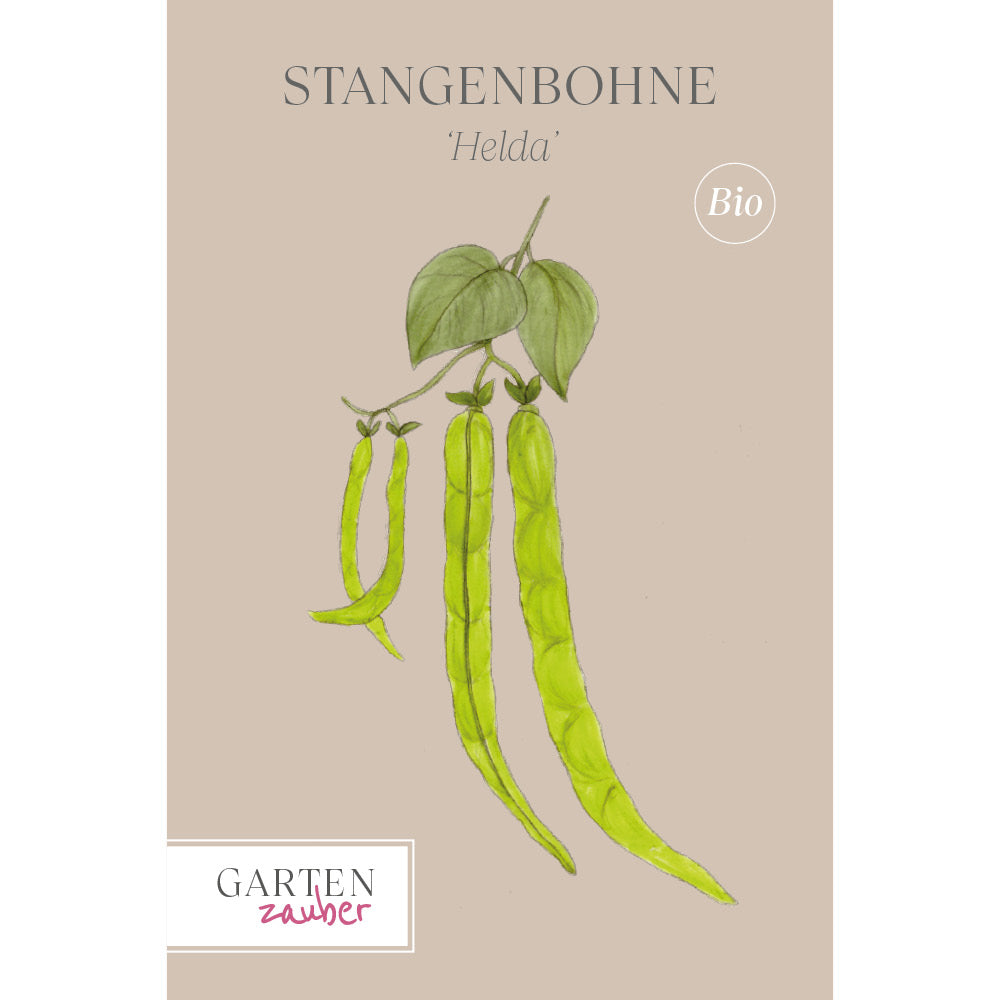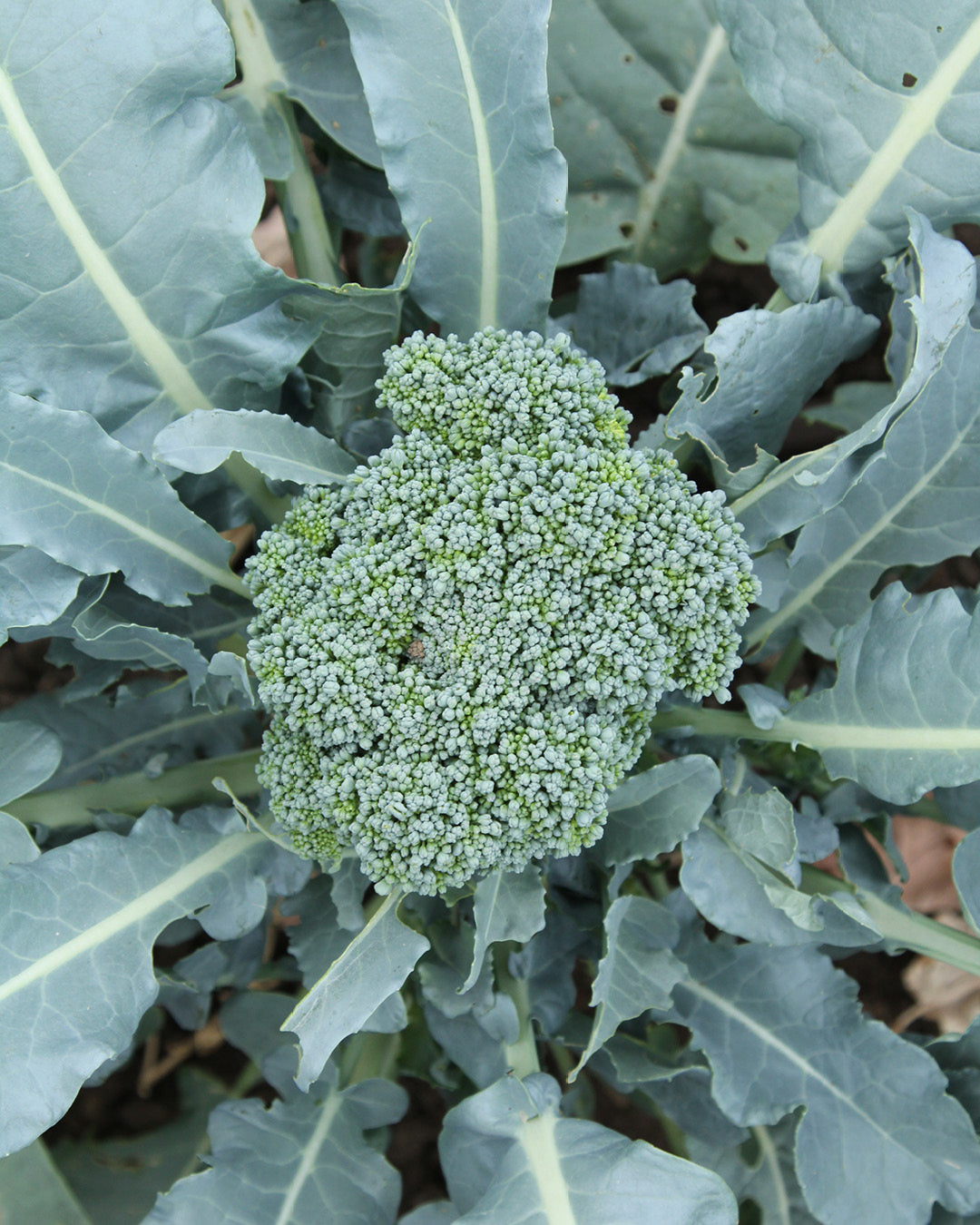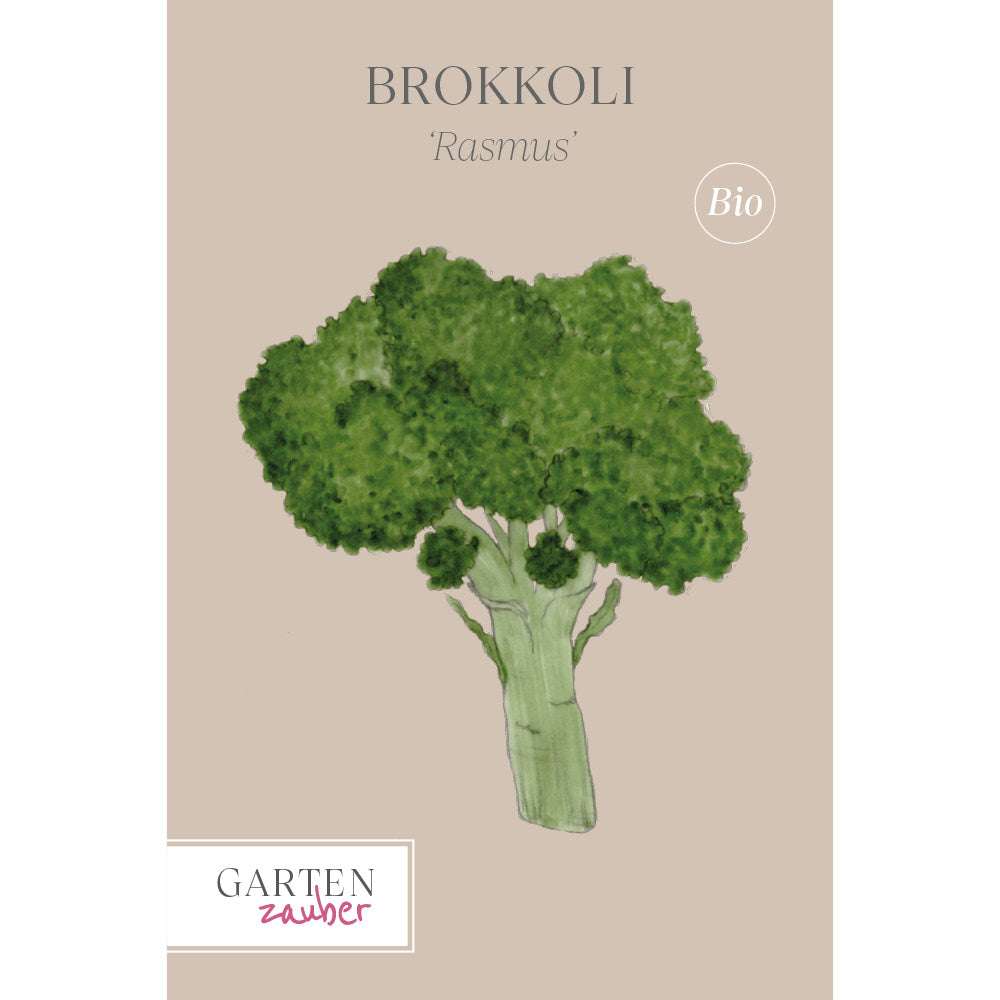Better gardening with permaculture – living sustainably in harmony with nature
Permaculture is more than a gardening trend—it's a holistic lifestyle concept that combines ecological, social, and economic aspects. Whether in a small urban garden or in the countryside, those who cultivate in harmony with nature create healthy, resilient ecosystems, conserve resources, and promote biodiversity. In this article, you'll learn what the principle of permaculture is, how you can implement it in your own garden—and why it's a key to a sustainable future.
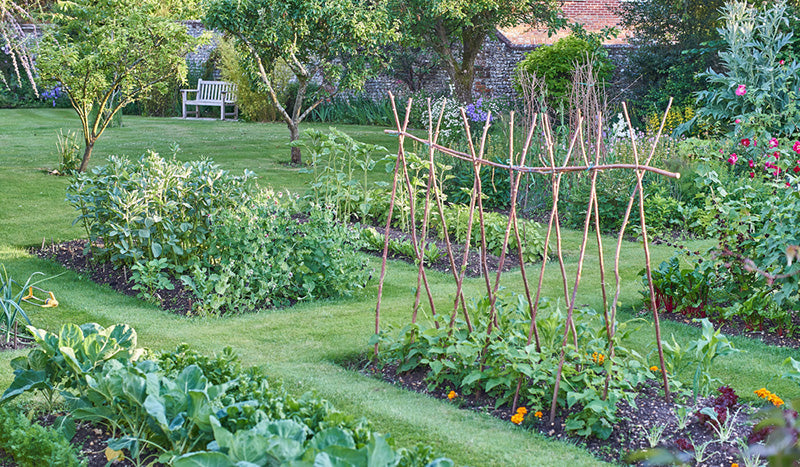
Permaculture: Living and gardening in harmony with nature
Sustainable cycles, ecological principles and a new awareness of our environment
From organic gardening to urban gardening, from the use of alternative energies to sustainable economics – all these trends reflect the unease many people feel towards limitless growth and unbridled consumption, with all their negative consequences such as factory farming and climate change. It's no wonder, then, that permaculture is also gaining increasing attention and followers.
In the context of gardening, permaculture is understood as a circular economy in which the positive site factors are enhanced and the negative ones minimized using the simplest, locally available resources. Through the multiple use of individual elements and plants and minimal labor input using organic methods, sustainable, sufficient yields can be achieved. But the permaculture philosophy extends far beyond gardening and agriculture. It encompasses all areas of life—from energy supply to social interaction. It describes social learning from and with nature, which results in ecological action. Permaculture makes us aware of the intrinsic value of nature for our human survival.
Permaculture solution model for a secure future
As permaculture gardeners, we strive to gradually transform our garden into an ecosystem that is as robust and permanently productive as a natural one. Australian Bill Mollison (1928–2016), founder of the permaculture philosophy, worked his entire life on this idea. He observed the negative effects of industrial agriculture on soils and biodiversity and was searching for a new method of natural agriculture. In 1981, he was awarded the Alternative Nobel Prize (Right Livelihood Award) for his work. Since his death, his student David Holmgren has intensively continued his work. Bill Mollison's idea inspired many people who have contributed to the spread of permaculture since the late 1970s. Several permaculture pioneers have distinguished themselves worldwide over the past 40 to 50 years. In German-speaking countries, Sepp Holzer, Sepp Brunner, and Dr. Marlies Ortner are particularly notable. Through her example and her books, the idea of permaculture has reached many people and inspired them to practice natural gardening. Various permaculture institutes and academies have now emerged, offering courses and continuing education.
The beginnings of permaculture
Bill Mollison was inspired by the Japanese microbiologist and farmer Masanobu Fukuoka (1913–2008). His works, such as "The Great Way Has No Gate," are standard in permaculture. He describes his type of agriculture, based on the Taoist Wuwei principle, as "do-nothing agriculture." Fukuoka's philosophy states that nature is capable of sustaining itself. It does not require human intervention. His fields were rich in a variety of plants and animals. Through careful observation, he recognized natural processes and, for example, the right time for sowing. He also knew which plants harmonize with one another and promote one another. Fukuoka is also the father of seed bombs—a sowing technique using clay balls containing seeds that are simply thrown into the landscape. Today, such seed bombs are mainly used by the guerrilla gardening movement in cities, which use them to create colorful islands of flowers on roadsides and at intersections.
The term permaculture and its characteristics
The term "permaculture" developed by Bill Mollison is a combination of the two English words "permanent" and "agriculture" and essentially means nothing other than the practice of sustainable agriculture. Permaculture also addresses the mindful and energy-efficient design of our lifestyles and living spaces.
Important principles are:
- We work with and for nature and only intervene where necessary.
- The word "culture" in the term permaculture is self-explanatory. Culture always means that humans cultivate and change something; only the wilderness remains uncultivated.
- The goal is to achieve a high degree of self-sufficiency with the least possible use of raw materials, space, and time. The rediscovery of "old knowledge" and the combination of new strategies plays a key role.
- Waste prevention and the introduction of organic waste into the natural cycle, as is the case with composting, are the prerequisites for us to be able to save resources.
- The same applies to water and energy consumption. Permanent systems in the garden that become self-sustaining over time reduce energy and water consumption to a minimum. The energy still required is largely generated alternatively.
What is special about permaculture - The ethical principles
The difference to other development theories is based on the following three ethical principles of permaculture:
- earth care = careful treatment of Mother Earth,
- people care = careful treatment of people,
- fair care or fair share = self-restraint and surplus distribution, that is, modesty and sharing with other people.
Permaculture in the garden
Some people are fascinated by the principles of permaculture but shy away from converting their garden into one, fearing it would look like a mess. But don't worry—permaculture gardens don't have to be unaesthetic. You can incorporate beauty and a touch of order into these gardens, too. Beauty and order aren't absolutely necessary—but for me personally, the beauty of my garden is important. When designing, I try to combine practicality, usefulness, and beauty. This combination is more readily accepted by permaculture beginners than a messy, completely unruly garden. A certain amount of order also has another advantage: it makes gardening easier, and it's easier to keep track of the overwhelming amount of work that needs to be done. But those who want to live in harmony with nature should learn to accept imperfection. In Japanese, there's even a special term for this: "Wabi-Sabi"—which means "beauty of imperfection." Nonsensical rules, such as that a cucumber must not be curved, have no place in the permaculture worldview. Ultimately, the beauty of a garden lies in the eye of the beholder. How someone makes their garden look is a very private matter, and everyone should be able to decide that for themselves. Differences to other types of gardens Raised beds, herb spirals and much more can be found in many types of gardens today. But they are originally elements of permaculture. And just like in organic gardens, permaculture gardens do without chemical preparations and artificial fertilizers. While permaculture gardens and conventional gardens differ in many respects, there are overlaps between permaculture and organic gardens.
But permaculture goes far beyond the principle of the organic garden: In a permaculture garden, the multifunctionality and interconnectedness of the individual elements are clearly paramount. Permaculture doesn't just mean gardening with nature; it addresses all areas of life that affect us humans. And it shows ways in which we can interact with our fellow creatures in a way that ensures everyone can live well and that sufficient resources are available for future generations.
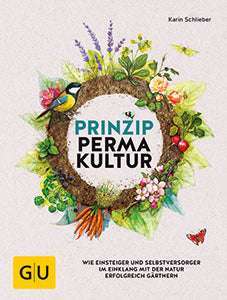
The text in this article is from the book:
Karin Schlieber
Permaculture principle– Gardening in harmony with nature
Price: 16.99 €
ISBN: 978-3-8338-6194-9
Publisher Gräfe und Unzer
Many people value a sustainable and holistic lifestyle. This guide clearly shows how you can apply the principles of permaculture in your own garden: from a herb pot on the balcony to a raised vegetable bed to a complete permaculture garden.

